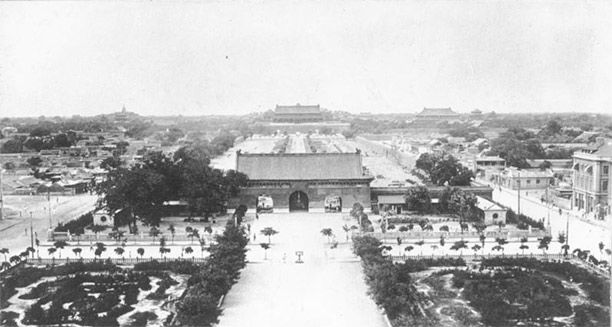
OK, that sounds small, but we’re talking that much energy in a single electron. That’s roughly the same amount of energy as a small raindrop falling from the sky. Some years ago astronomers made an astonishing discovery: The Manatee was sending out high-energy X-rays, a kind created when electrons are accelerated to truly mind-crushing energies: 300 – 450 tera-electonVolts. Over time this means the jets are aimed in different directions - this is called precession - so they actually form huge spirals, like a corkscrew.Ĭorkscrewing beams of matter blast away from SS 433, apparently spiraling as the disk of matter swirling around the black hole nutates, changing the direction the beams are aimed.ī. The gravity from the companion star yanks on the disk of matter, torqueing it, and in response the disk nutates, slowly wobbling. Oddly, they don’t shoot straight away form the black hole. This forms twin beams, like a lighthouse searchlight, which astronomers call jets. Material is pulled up and away from the disk by this magnetic field and sent screaming away at about a quarter the speed of light. Powerful magnetic fields permeate the disk, wound up like twin tornadoes centered above and below the black hole. That stuff falls toward the black hole and forms a hot disk swirling around it. It has a binary companion, a star that orbits it relatively close in, so much so that the fierce gravity of the black hole is tearing material off the star. The outer layers of the star blasted away, but the massive core of the huge star collapsed to form the black hole. Called SS 433, it’s what’s left of the star that exploded to form the nebula. Goss NASA’s Wide Field Survey Explorer (WISE)Īt its heart is a black hole, and it’s weird too. LOOP’ encourages the implementation of design as a strategic element in the competitive improvement of companies and brings together researchers and design professionals to develop products that meet the standards of aesthetics, functionality and circular economy.Westerhout 50, also called the Manatee Nebula, seen in radio wavelengths (green) against the stars as seen in infrared (red) by the WISE spacecraft. At this point, the scientific development has fulfilled its initial objective, and it is then that design, as the discipline capable of delivering the value, comes into play.
#Kilometre sign full#
So the next step is for designers to work with the new material to show its full potential. The final combinations and dosages that show good cohesion, hardness and stability open up a new field of research for the development of new products. All these materials have been combined to create a variety of samples for the study.

Joan Muñoz – in which she has created a new zero-kilometre material with materials of organic origin, such as almond shells, olive pits, grape skins and flour, together with binders such as pine resin dissolved with acetone and crushed prickly pear cactus leaf.

In this way, the first results have already been obtained with the research carried out by Carolina García Espinar, who currently works for the luxury property construction company, CSV Construccion, as site manager – within the framework of a final degree project (Building) at the UIB, tutored by Dr. Through this collaboration between ‘LOOP’ and UIB/FUEIB, the Architectural Constructions and Building Engineering Research Group has identified different materials from the rejection of locally sourced materials that have great potential for transformation, making a clear commitment to local materials, which are linked to the territory and its circularity.


The IDI, an entity dependent on the Vice-Presidency and Regional Ministry for Energy Transition, Productive Sectors and Democratic Memory, launched the ‘LOOP’ project last April with the aim of raising awareness of the concept of circularity and linking it to design professionals and companies in order to create products that meet the standards of aesthetics, functionality and circular economy. The Balearic Institute for Business Innovation (IDI) has signed a collaboration agreement with the Balearic University Business Foundation (UIB/FUIB) to research and develop new materials based on waste and local raw materials, to incorporate them into the design of new products for the productive sectors.Īccording to a press release from the Department of Energy Transition, Productive Sectors and Democratic Memory, the agreement has been signed within the framework of the ‘LOOP, design and circularity’ project. News, Sustainability The IDI and the UIB sign an agreement to promote the development of zero kilometre construction materials


 0 kommentar(er)
0 kommentar(er)
